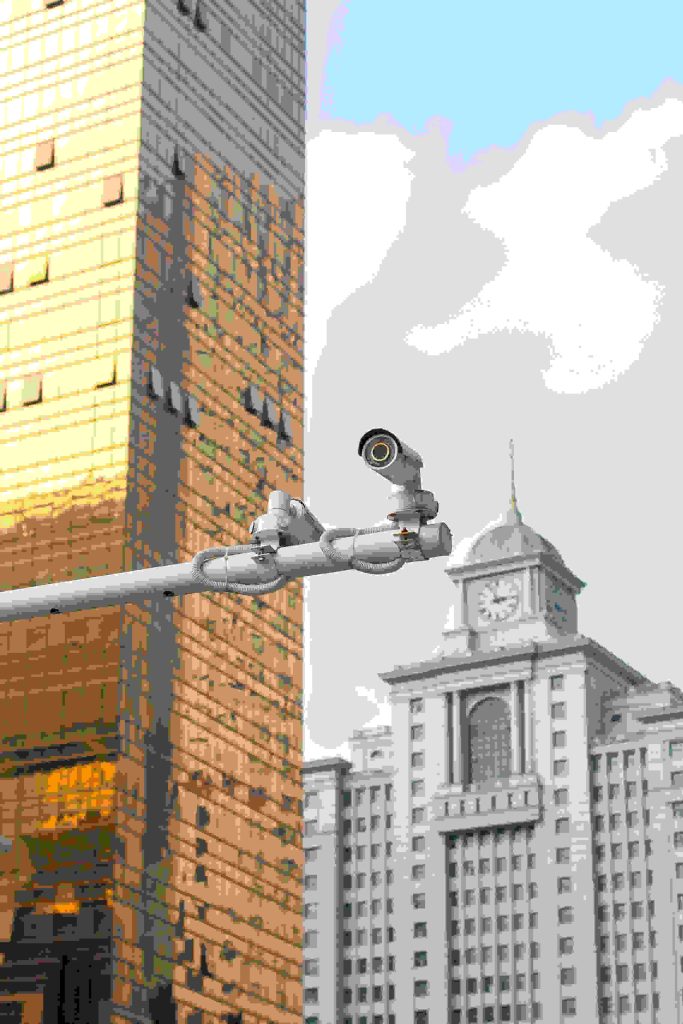
Benefits of CCTV in Public Areas:
Crime Prevention: Visible cameras deter criminal activity by making potential offenders think twice. This can lead to a decrease in crimes like theft, vandalism, and assault.
Improved Investigations: Footage from CCTV cameras can be crucial evidence in solving crimes. They can help identify suspects, track their movements, and reconstruct events.
Increased Public Safety: The presence of cameras can make people feel safer in public spaces, especially at night or in areas with a higher crime rate.
Traffic Monitoring: Cameras can be used to monitor traffic flow, identify congestion points, and improve overall traffic management.
Emergency Response: Real-time footage can aid law enforcement and emergency services in responding to accidents, fires, or other incidents.
Considerations for CCTV in Public Areas:
Privacy Concerns: Extensive camera use in public spaces can raise concerns about privacy and government surveillance. Clear policies on data storage, access, and retention are essential.
Misuse of Technology: There’s a potential for misuse of CCTV footage by authorities, leading to profiling or violation of civil liberties.
False Sense of Security: Relying solely on CCTV can create a false sense of security. Addressing the root causes of crime is crucial for long-term public safety.
Cost and Effectiveness: Installing and maintaining a city-wide CCTV network is expensive. Studies on the overall effectiveness of CCTV in reducing crime rates have shown mixed results.
The debate on CCTV in public areas is complex. While it offers benefits for crime prevention and investigation, it’s crucial to balance these with privacy concerns and ensure proper regulations and oversight are in place.
